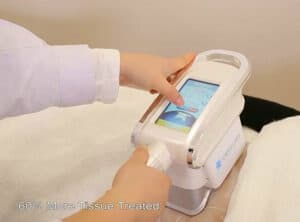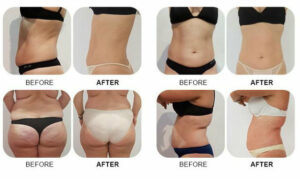Many treatments for cellulite are available in our everyday life, massage, different types of creams and aesthetic devices. Women are troubled by cellulite and some will do anything to make it disappear, cellulite is unhealthy if you are ready to live with it.
I tried different types of equipment, creams and lotions that do not notice any change because most women are affected by cellulite usually after puberty the market is huge for products promising a solution for this problem.
Expensive equipment has been developed for the treatment of cellulite and get rid of it, the new technique is the extracorporeal shock wave therapy, which is not new but using it to treat cellulite is new.
The extracorporeal shock wave, also known as AWT Acoustic Wave Therapy, is used for medical purposes for more than three decades, initially break down kidney stones to small particles, due to the treatment of orthopedic diseases and muscle disorders in 1990.
Cellulite reduction treatment through acoustic wave therapy uses waves to loosen or soften the fibrous tissue and stimulate blood circulation around these tissues. The shock waves help also to reduce the size of fat cell which in return affect how skin looks.

All this is done in eight or more sessions (3-4 days apart) depending on your cellulite stage, the process is quick and painless. After each session, you can resume your activity and no rest in bed is required.
Most dermatologists agree that the exact cause of cellulite is not known, and that is why there is no effective treatment for it or to get rid of it. Different technologies are available for anti-cellulite treatment. However, the end result is not proven or not significant as it says.
Since it’s all about the fat under the skin, eating healthy to prevent weight gain will help and keep you cellulite-free. Once the fat builds up it takes time and costs money to remove it.
Radiofrequency and ultrasound technology also can help with cellulite too; as the volume of fat cells can be reduced through RF and cavitation treatment, but there is no effect on connective tissue.






